The Subscription Value Loop: A framework for growing consumer subscription businessesIncluding case studies, templates, and 10 proven growth tactics from top consumer subscription apps like Duolingo, Spotify, Tinder, and Calm👋 Hey, Lenny here! Welcome to this month’s ✨ free edition ✨ of Lenny’s Newsletter. Each week I tackle reader questions about building product, driving growth, and accelerating your career. If you’re not a subscriber, here’s what you missed this month: Subscribe to get access to these posts, and every post. Photos from recent reader meetups 🥰If you’d like to attend (or host!) a meetup, join our paid subscriber Slack and find your local city channel. Learn more here. 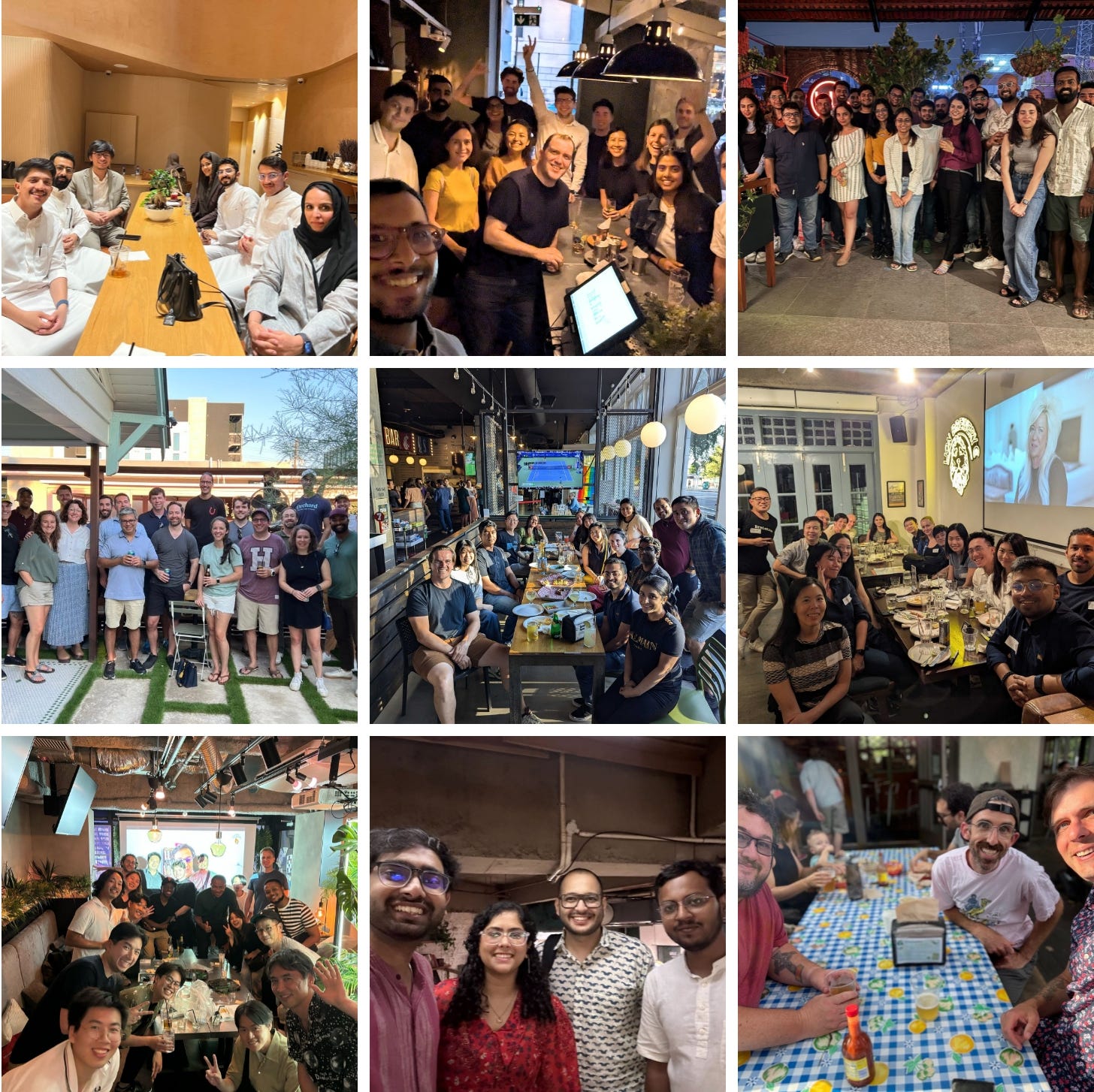 Left to right, from top row: Riyadh, London, Bangalore; Austin, Seattle, Singapore; Tokyo, Gurugram, Minneapolis If you’re building a consumer subscription app, this post is your new bible. Over the past year, Phil Carter has been developing a framework for growing consumer subscription businesses, called the Subscription Value Loop. The framework is based on his experience advising dozens of consumer subscription businesses, as well as his analysis of over 30,000 consumer subscription apps (based on proprietary data provided by RevenueCat) and interviews with leaders at dozens of top consumer subscription companies. In this post, Phil pulls it all together to give you a comprehensive blueprint for growing your consumer subscription business. The post includes a plug-and-play benchmarking tool to identify your biggest growth opportunities, 10 of the most powerful levers for scaling your app, and case studies from the world’s top consumer subscription companies. A massive thank-you to Phil for doing the work to put a piece like this together. He spent the past decade as a VC and product leader helping world-class companies like Faire, Quizlet, and Ibotta accelerate their growth. He is now a full-time growth advisor and angel investor who helps consumer subscription companies build their growth models, develop their growth strategies, hire and scale their growth teams, and achieve their full potential. For more from Phil, check out his website and Reforge course, subscribe to his Substack, and follow him on LinkedIn and X. Consumer subscription apps are relatively easy to launch, which is why there are hundreds of thousands of them in the app stores. Compared with more complex models like B2B SaaS or marketplaces, these businesses can launch faster with less capital for many reasons: no sales teams, rapid purchasing cycles, high gross margins with low marginal costs to serving additional subscribers, and turnkey global distribution, payments, and support tools through the app stores. But these apps face several fundamental challenges that make them very hard to scale:
In fact, it is because consumer subscription apps are relatively easy to launch that so many exist, leading to fierce competition, channel saturation, and subscription fatigue. Meanwhile, Apple’s recent ATT restrictions have rendered paid acquisition less efficient, making it even more difficult for these companies to maintain healthy unit economics. This explains why out of all the consumer subscription apps out there, fewer than 50 have ever reached $1B+ valuations, and fewer than 10 are publicly traded companies with $10B+ market caps.
These challenges are supported by RevenueCat’s proprietary data from the past year, which has been aggregated from over 30,000 subscription apps accounting for over 290M subscribers: Even top-quartile consumer subscription apps only convert roughly 1 in 20 installs into a paid subscription. They also lose more than half of their annual subscribers after the first year, and more than half of their monthly subscribers after just three months. This makes it hard to build a sustainable business, but not impossible. 95th-percentile apps, like those in the figure above, outperform the rest by a wide margin, with metrics that provide a strong foundation for growth. So what makes these top apps different? Using the Subscription Value Loop to grow your consumer subscription businessThe best consumer subscription apps overcome these challenges by doing two things: 1. Building their businesses on a core value promise that provides enduring value. This core value promise is what attracts users to the app and keeps them coming back over time. The stronger and more differentiated the value promise, the more subscribers will pay and the longer they’ll keep paying. The value promises of category-leading consumer subscription apps are clear and compelling, to the point where I can describe these promises in a single sentence without naming the associated companies and you can probably guess the ones I am talking about:
2. Harnessing their value promise to drive a compounding Subscription Value Loop that increases LTV/CAC and accelerates Payback Period:
As a company bolsters its Subscription Value Loop, LTV/CAC goes up and Payback Period comes down, driving faster and more efficient growth. What makes consumer subscription apps unusual is that most don’t have sales teams, which means the product must be able to sell itself organically and through paid advertisements. Core product, growth product, and marketing teams must work together to build an integrated system that converts their app’s core value promise into subscription revenue by maximizing each step in the Subscription Value Loop. I built a Subscription Value Loop Calculator with RevenueCat where you can plug in your numbers, measure the performance of your loop, and identify growth opportunities.
For a detailed step-by-step guide on how to use this tool, see my Substack post on “The Subscription Value Loop Calculator!” Top 10 levers for growing consumer subscription appsNow that we’ve introduced this framework, let’s discuss strategies and tactics that successful consumer subscription apps use to strengthen their Subscription Value Loops. Below, I’ve outlined my top 10 list of proven product and marketing levers companies can pull to bolster their loops. These are based on my experience running hundreds of A/B tests across dozens of consumer subscription businesses and roughly stack ranked in order of expected impact. However, you should prioritize levers that directly address the biggest growth opportunities for your business that you identify using the Subscription Value Loop Calculator. Remember, this is only a jumping-off point. The best consumer subscription apps are constantly finding innovative ways to grow that complement their unique core value promises to subscribers. 1. Build a great product with a unique and enduring core value promise
This first one is obvious, but the most important prerequisite for creating a consumer subscription business that lasts is building a world-class product. This is the beating heart at the center of a company’s core value promise, and it impacts every step in the Subscription Value Loop and nearly every important metric that powers this loop. Better products benefit from higher prices, superior conversion rates, healthier subscriber retention, and lower acquisition costs, not only because paid ads are more efficient but also because they benefit from more viral word of mouth. This helps explain why ChatGPT became the fastest-growing app ever, with a core value promise so profound that it reached 100M MAUs in just two months largely through organic growth.
Specific tacticsBuilding a great product is more art than science, but there are tools that early-stage companies (and larger companies launching additional products) can use to measure and improve their product-market fit (PMF).
Example: SuperhumanIn “How Superhuman Built an Engine to Find Product Market Fit,” founder and CEO Rahul Vohra recounts how his “blazingly fast” email app iterated its way to stronger PMF using the 40% Test. When Rahul’s team first ran the test, only 22% of respondents said they would be “very disappointed” if they couldn’t use Superhuman. After the company zeroed in on founders, managers, executives, and business development professionals as their HXCs, their PMF Score jumped to 33%. Qualitative research showed that these users most valued Superhuman’s speed, so the company resegmented its “somewhat disappointed” users to focus on those who viewed speed as a primary benefit. Then, by building a backlog of improvements to delight their HXCs and their on-the-fence users who highly valued speed, Superhuman was able to increase its PMF Score from 33% to 58% in just three quarters. 2. Optimize subscription pricing and packaging
One of the strongest growth levers consumer subscription apps have is pricing and packaging, so it’s surprising that many apps never optimize them at all. For new apps, offering one subscription tier with annual and/or monthly plans and setting prices based on competing apps in your category is a good starting point. However, many startups do this and then don’t revisit subscription prices and packages for years. This is a mistake, as I’ve seen pricing and packaging optimizations consistently generate 5% to 15% lift on subscription revenue (often while maintaining or even improving subscriber growth). Specific tacticsPricing expert Kristen Berman details techniques for price testing and optimization in “The ultimate guide to willingness-to-pay,” the most common of which are: Since Kristen provides details on how to run each study, I won’t repeat that information (check out her article!). What I will say is that because most consumer subscription apps are selling into relatively established product categories, I’ve generally found that Van Westendorp, which is the simplest approach, is accurate enough to drive significant impact. For companies that also want to optimize subscription packaging, I recommend coupling this with conjoint analysis, which also offers guidance on relative willingness to pay (WTP) for specific premium features. Once you’ve conducted one or more of these studies to inform your pricing and packaging strategy, run a live A/B test in your product to confirm the results before rolling out changes to 100% of your users. Example: AllTrailsIn 2022, after maintaining its price for years, AllTrails conducted Van Westendorp and conjoint analyses that indicated it should increase its U.S. annual subscription price from $29.99 to $35.99. A/B testing subsequently confirmed that this higher price drove an ~8.3% lift in ARPU. 3. Deliver immediate value through new user onboarding
Attention spans are getting shorter, leaving apps with little time to turn new users into subscribers. Recent reports have found that more than 75% of trial starts occur on the same day a user installs an app (often in the first few minutes). This means onboarding flows should be optimized for speed to value so new users quickly understand why they need your product. Specific tactics
Example: HeadwayHeadway’s effective onboarding flow has helped it overtake Blinkist to become the world’s top book-summary app. As you can see from the screenshots below, it follows all the recommended tactics above: (1) it leads with a clear, compelling value promise, (2) it uses SSO to streamline registration, (3) it front-loads +Psych with interactive questions that gather user information and motivational screens and testimonials that build intent, and (4) it provides immediate payoff by personalizing the user’s reading plan and content recommendations based on their responses. 4. Boost paid marketing efficiency by investing in web conversion flows
In the wake of Apple’s ATT restrictions, companies are increasingly experimenting with web flows to register new users and convert them into trials. Since web flows still offer deterministic data on conversion events, marketing teams can test and iterate on ad creative and optimize campaign performance much faster, reducing Paid CAC per Subscriber and accelerating Payback Period. These web conversion flows also have the benefits of avoiding 15%-to-30% app store fees and often driving better subscriber retention, because users who subscribe on web generally have lower involuntary churn rates from payment failures. Both of these factors improve subscriber LTVs. Ketty Slonimsky, the Chief Growth Officer at Palta, which owns apps like Flo, Simple, and Zing, says she’s consistently seen web conversion flows boost LTV by 30% to 50% with strong execution. Specific tactics
Example: LadderIn a podcast episode called “How Ladder Cracked TikTok and Grew 500%,” CEO Greg Stewart describes how his fitness app, Ladder, grew from 9,000 to over 50,000 subscribers in 2023 by linking TikTok videos created by the company and its influencer coaches to a web-based conversion funnel (the company now has over 100,000 subscribers). Not only does Ladder follow all the same onboarding best practices as Headway, it has also built its own tools to be able to rapidly iterate on every screen in this flow, calculate the pLTV of a user based on their responses to each quiz question, and pipe this information back to TikTok to maximize the efficiency of its brand and Spark Ads. This has also created a continuous feedback loop that helps Ladder rapidly iterate on ad creative, further improving its LTV/CAC and Payback Period. 5. Optimize paywall visibility and conversion
One of the most critical metrics consumer subscription apps must maximize is Paywall View Rate, the percentage of all users who view your paywall at least once. Ideally, you want Day 1 Paywall View Rate to be at or above 80%. In a podcast episode called “A Systematic Approach to Paywall Optimization,” Superwall CEO Jake Mor highlights the four most common places for consumer subscription apps to trigger their paywalls, which I’ve summarized below: The next step is to refine your paywall design to maximize conversion. The two most important variables are visuals and copy, in that order, since many users won’t read your entire paywall. Specific tactics
Example: CalmCalm takes a simple approach to its paywall, which makes sense because (1) most of Calm’s users convert through mobile (often at night through bleary eyes), so the company must optimize for small screens, and (2) Calm’s core value promise is helping people reduce stress and sleep better, so the last thing the company wants is to overwhelm users. It incorporates many of the tactics highlighted above: starting with an emotional appeal (“Find your Calm today”), following it up with a simple list of features with concise descriptions, emphasizing the annual plan with a yellow “Most Popular” tag, strikethrough pricing, a clear comparison of effective monthly prices for the annual vs. monthly plans, and a large, high-contrast “Subscribe” CTA button. For users who don’t convert to subscribers, Calm also periodically triggers additional paywalls on subsequent app opens and has a home screen widget offering an additional 7-day free trial. 6. Distinguish and emphasize your premium value promise
Consumer subscription apps need to make sure users are aware of their premium products and understand how they add significant incremental value. For freemium apps, this also means not giving away too much value for free and making it very clear to users why spending money on a subscription will make their experience meaningfully better. Specific tactics
Example: TinderOver time, Tinder expanded from one to three subscription tiers, each with a clearly distinguished premium value promise. Tinder Plus gets subscribers more swipes on their profile, Tinder Gold helps subscribers get more successful matches, and Tinder Platinum lets subscribers message other users before matching. Tinder also offers IAPs like “Boosts” and “Super Likes” that create additional value for power users. The company has invested heavily in merchandising these premium products and making them visible to users. According to former CPO Ravi Mehta, these investments drove hundreds of millions of dollars in incremental revenue for the business.
7. Improve subscriber retention by minimizing involuntary churn
Sources like Paddle and Recurly estimate that 20% to 40% (or more) of the churn problem that many consumer subscription businesses face can be attributed to involuntary churn, when subscribers lose access to a premium service without meaning to. The most common problem is payment failures arising from expired credit cards, insufficient funds, or issues with payment gateways. Other issues, like outdated payment information, technical problems, and processing errors, can also contribute to involuntary churn. Given how important subscriber retention is for the long-term viability of consumer subscription apps, minimizing involuntary churn is essential. Specific tactics
Example: SpotifyAccording to Owen Smith, VP of Audiobook Product at Spotify, who spent several years on subscriptions, Spotify has had a lot of success reducing involuntary subscriber churn by supporting local payment methods and proactively communicating with subscribers who experience payment failures. This is particularly important for an app like Spotify with many younger users, who tend to have higher involuntary churn rates both because of more frequent changes in payment methods and because of relatively low account balances. By giving subscribers who experience payment failures the benefit of the doubt and providing them with every opportunity to rectify the problem, Spotify not only builds trust with its customers but is also able to recover a lot of failed payments and improve long-term subscriber retention. In cases where the subscriber truly can’t pay, their premium subscription is turned off, but because Spotify has such a great free user experience, the company sees many of these churned subscribers reactivate down the line. 8. Leverage motivation tactics (e.g. streaks, badges, leaderboards, and notifications)
Retention is one of the hardest metrics to move, which is why many growth teams don’t invest much time in it. However, it is also the foundation for any successful consumer subscription app. In “How Duolingo reignited user growth,” former CPO Jorge Mazal highlights how the company grew DAUs 4.5x from 2018 to 2022 by focusing on current user retention rate (CURR). Similarly, Flo CEO Dmitry Gurski has written about how the women’s health app gets over 50% of its MAUs and revenue from users who installed the app over a year ago. Clearly, retention is critical. While the best way to improve retention is by building a great product, growth teams can help by investing in motivation tactics to augment the core product experience. The key is understanding what motivates your users, and building experiences that tap into these underlying motivations. Specific tacticsUsers are motivated to use different products for different reasons. Yu-kai Chou created a tool called the Octalysis Framework that identifies eight “core drives” of human motivation:
At Quizlet, we ran a survey that identified Ownership, Accomplishment, and Scarcity as the three primary motivational drives for our users. This led to the launch of features like Study Streaks and Accomplishments, which drove significant improvements in both MAU engagement and retention. You can boost these metrics for your own consumer subscription app by identifying which drives motivate your users and building them into your product features and user communications. Example: DuolingoAccording to former VP of Marketing and Growth Gina Gotthilf, investing in features like streaks, badges, achievements, and leaderboards helped accelerate Duolingo’s DAU growth by tapping into user motivations to seek Accomplishment, Ownership, and Social Influence. These efforts have been reinforced by an ongoing commitment to aggressively test and optimize notifications as a means of reminding users about these features. Duolingo has also tapped into Avoidance, the motivation to avoid loss, to increase monetization through streak freezes and repairs and engagement through streak earn-back challenges that help users avoid losing their streaks. 9. Promote word of mouth to drive more organic user acquisition
While most consumer subscription apps depend on paid marketing to fuel their growth, several category-leading apps, like Tinder, Spotify, Duolingo, and Strava, have benefited significantly from organic user acquisition through word of mouth. Obviously certain apps have more inherent viral potential than others, but nearly every consumer subscription app can reduce its dependence on advertising and bring down Blended CAC by measuring virality and promoting word of mouth. Specific tacticsThe fastest way to gauge how likely users are to promote your app is Net Promoter Score (NPS). However, NPS doesn’t tell you how many users actually share your app, nor does it indicate how many of the people they share it with convert. The Word of Mouth Coefficient (WoMCo), created and refined by Yousuf Bhaijee at Zynga, goes beyond NPS by calculating the rate that existing active users generate new users through word of mouth. This helps you understand how much virality your app drives, how this varies seasonally, and how new features impact word of mouth. You can calculate your app’s WoMCo using this formula:
Once you understand how viral your app is and what drives this virality, you can design tactics to increase word of mouth, many of which are outlined in Lenny’s post on “How to increase virality.” Example: QuizletWhen I was at Quizlet, we used WoMCo to estimate how many new users we were acquiring through word of mouth from existing users. Unsurprisingly, we found that WoMCo tended to dip during summer months and spike in August as students returned to school, as well as during exam periods. When the pandemic hit in March 2020, we initially saw WoMCo plummet as schools closed and went remote but then saw significant recovery as teachers and students turned to digital tools like Quizlet for remote learning. Based on this data, we developed various strategies to promote additional word of mouth, such as classroom management tools to encourage teachers to invite their students to Quizlet during back-to-school and updated versions of Quizlet’s classroom learning game called Quizlet Live to support remote learning. 10. Leverage strategic discounts and promotions
Discounts and promotions allow companies to better align pricing with WTP, capturing consumer surplus in the process. They are particularly effective for digital subscription products that have little to no marginal cost to serve additional subscribers, because their cost structures allow them to maintain profitability even at much lower price points. The key is designing discounts and promotions that are highly targeted, so that they capture additional subscribers with lower WTP without cannibalizing revenue from subscribers with higher WTP. Specific tactics
Example: FloFlo incorporates clever tactics into its paywall that help align price with a user’s WTP. First, it provides a toggle that users can tap to enable a free 14-day trial. This means that users who are ready to pay for a subscription immediately can do so, but those who aren’t sure can give the app a try without any up-front commitment. But for users who reject the free-trial offer, Flo triggers a significant lifetime discount on its subscription presented as an expiring one-time offer. This is a perfect example of an activity-based discount. Since users who reject Flo’s free trial are signaling much lower intent, the company offers them a discount to better align its price with their WTP. However, the promotion only applies to Flo’s annual plan, which is much better for the business. ConclusionConsumer subscription apps are hard to scale, but with the right growth strategies, they can be very successful. I hope the tips I highlighted in this article help you beat the odds. By understanding the Subscription Value Loop, using the Subscription Value Loop Calculator to measure your company’s performance and identify improvement opportunities, and then leveraging the specific strategies and tactics I’ve outlined above, you can find ways to accelerate the growth of your own consumer subscription business. 📚 Further studyOther great resources for consumer subscription businesses:
AcknowledgmentsThank you to Matt Glotzbach and Nitin Gupta, who hired me at Quizlet and gave me the amazing opportunity to build Quizlet’s product growth team. Thanks also to Arjita Ghosh, Sal Bertucci, Mike Blau, Laura Oppenheimer, Cori Shearer, Gaelle Lauzier, Kara Hafez, Austin Bay, Ali Eslamifar, Vanessa Jespersen-Wheat, A.J. Ohiwerei, and everyone else who made Quizlet’s growth team “magic,” both while I was there and since I’ve left. You know who you are! Thanks to Brian Balfour for teaching me how to be a growth leader, both directly as a mentor and indirectly through Reforge. Thanks also to Casey Winters, Elena Verna, Yuriy Timen, Ravi Mehta, Adam Fishman, Ely Lerner, and the entire Reforge Partners network for all the support you gave me when I first launched my growth advising business last year. Your tips have been invaluable. Finally, a special shoutout to the current and former consumer subscription product, marketing, and growth leaders who made contributions to this article, including Mike Duboe (General Partner at Greylock), Gina Gotthilf (former VP of Marketing and Growth at Duolingo), Cem Kansu (VP of Product at Duolingo), Ravi Mehta (former CPO at Tinder), Arnaud Moline (VP of Product at Flo), Ozzie Osman (co-founder and CTO at Monarch Money), Parsa Saljoughian (VP of Strategic Finance at WHOOP), Ivan Selin (CPO at AllTrails), Ketty Slonimsky (Chief Growth Officer at Palta), Owen Smith (VP of Audiobook Product at Spotify), Martina Tam (former VP of Marketing at Masterclass), Jason van der Merwe (Director of Growth Engineering at Strava), Collin Walter (VP of Corporate Strategy at Oura), Dun Wang (former Chief Product and Growth Officer at Calm), and Brent Zajaczkowski (Senior Director of Product Growth at Noom). Thank you, Phil! For more from Phil, check out his website and Reforge course, subscribe to his Substack, and follow him on LinkedIn and X! Have a fulfilling and productive week 🙏 👀 Hiring? Or looking for a new job?I’m piloting a white-glove recruiting service for product roles, working with a few select companies at a time. If you’re hiring for senior product roles, apply below. If you’re exploring new opportunities yourself, use the same button above to sign up. We’ll send over personalized opportunities from hand-selected companies if we think there’s a fit. Nobody gets your info until you allow them to, and you can leave anytime. If you’re finding this newsletter valuable, share it with a friend, and consider subscribing if you haven’t already. There are group discounts, gift options, and referral bonuses available. Sincerely, Lenny 👋 Invite your friends and earn rewardsIf you enjoy Lenny's Newsletter, share it with your friends and earn rewards when they subscribe. |
Search thousands of free JavaScript snippets that you can quickly copy and paste into your web pages. Get free JavaScript tutorials, references, code, menus, calendars, popup windows, games, and much more.
The Subscription Value Loop: A framework for growing consumer subscription businesses
Subscribe to:
Post Comments (Atom)
Renowned Water Expert Reynold Aquino Offers Exclusive Water Softener Discounts
Los Angeles, California - November 21, 2024 - World-renowned water expert Reynold Aquino is excited to announce exclusive discounts on prem...
-
code.gs // 1. Enter sheet name where data is to be written below var SHEET_NAME = "Sheet1" ; // 2. Run > setup // // 3....

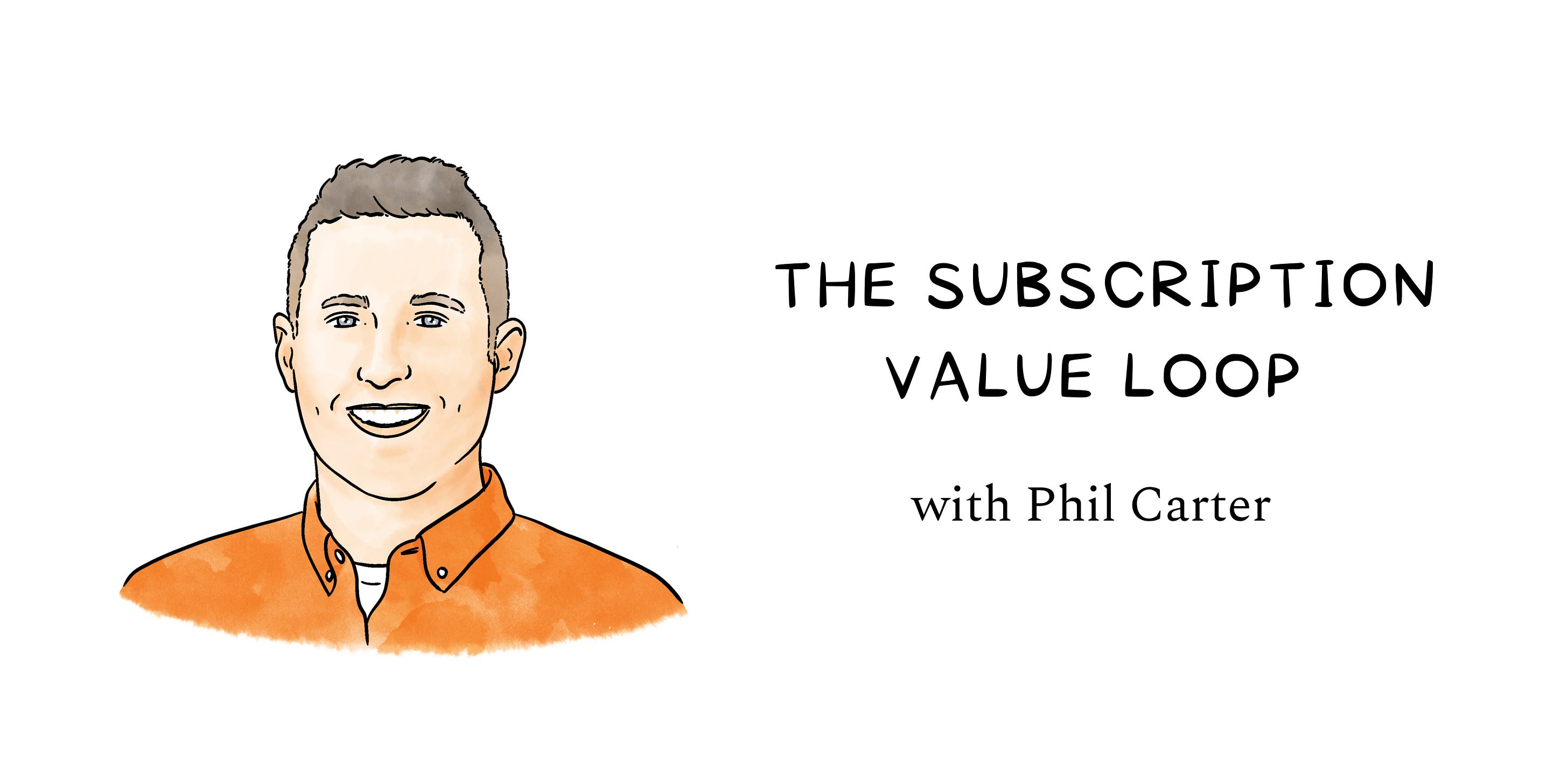
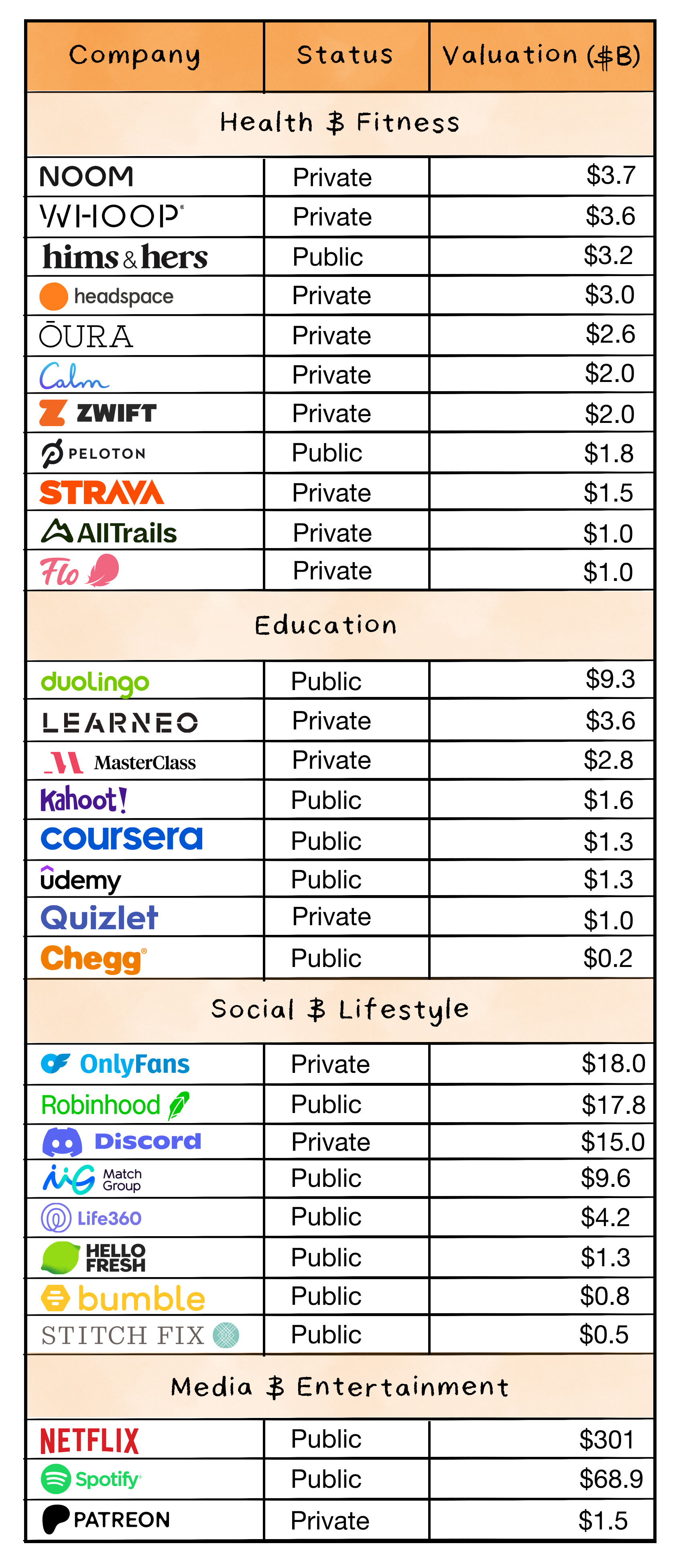

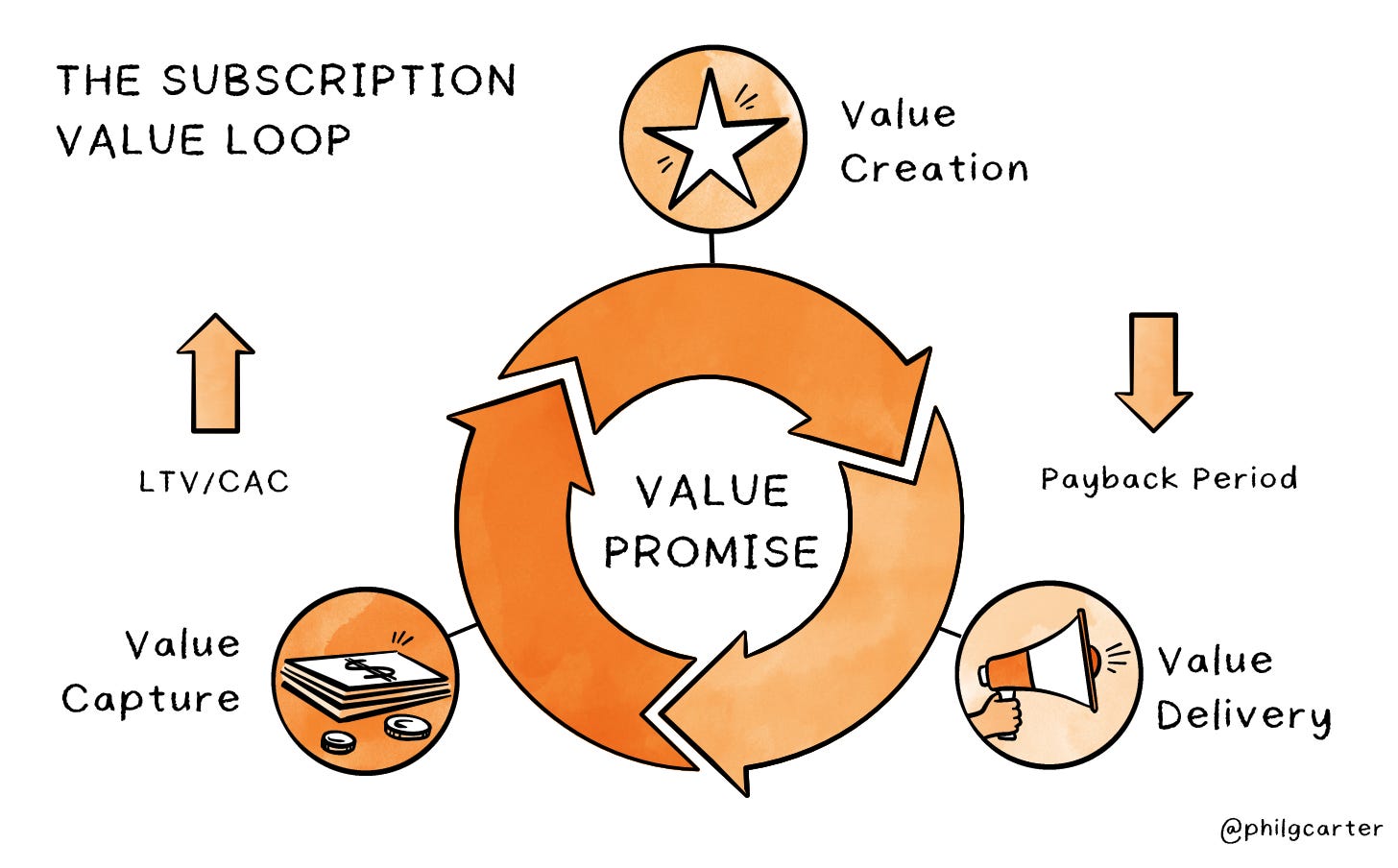




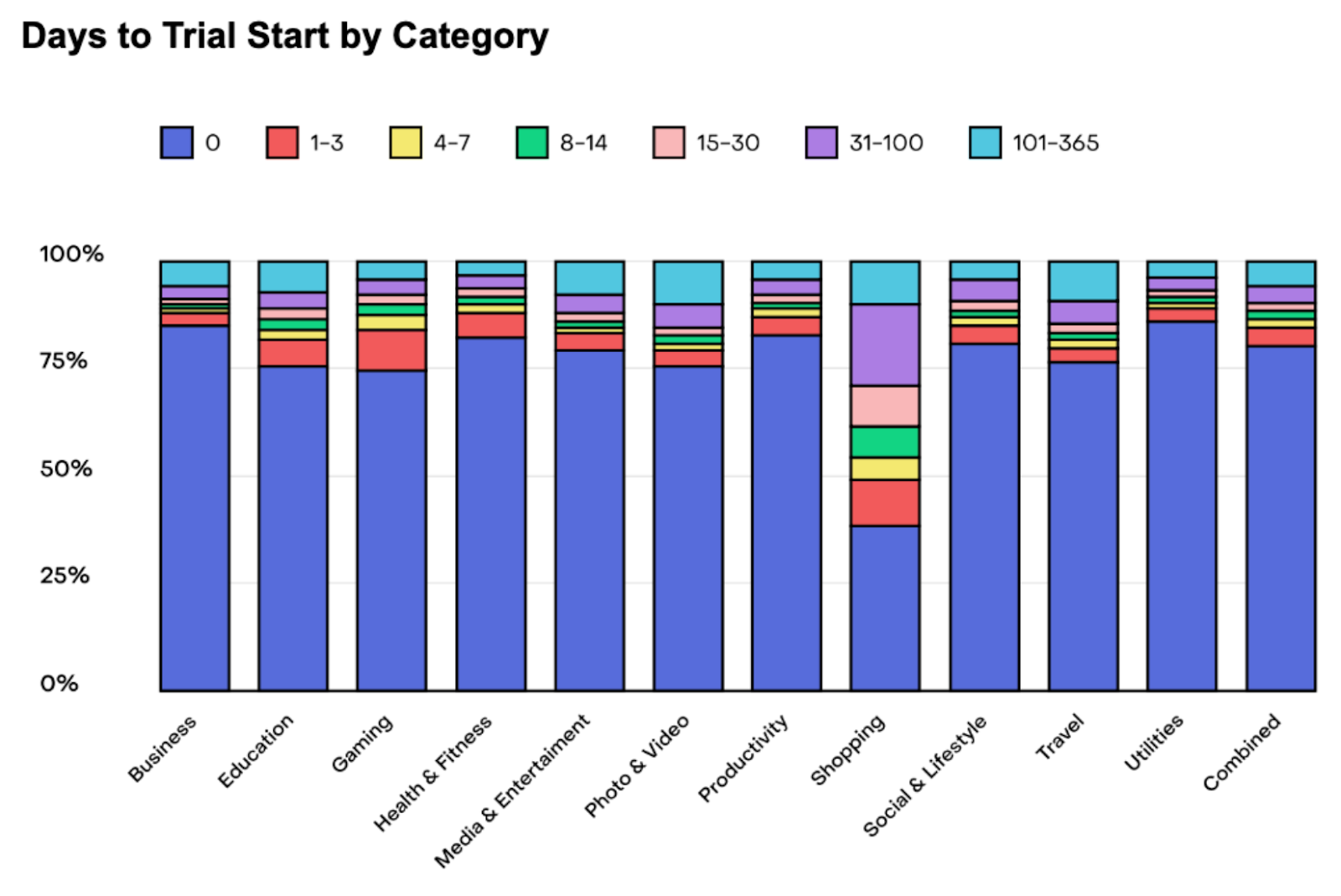
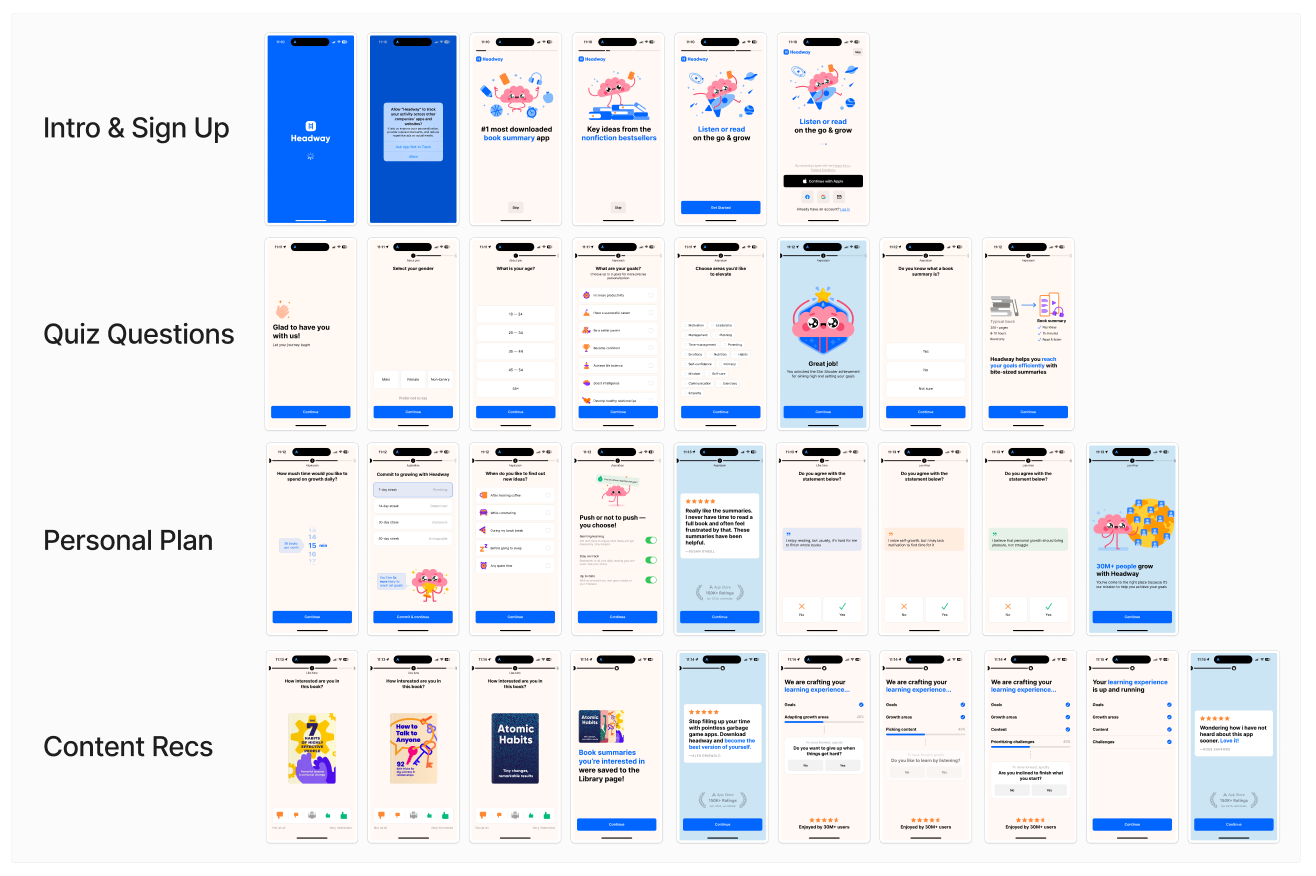

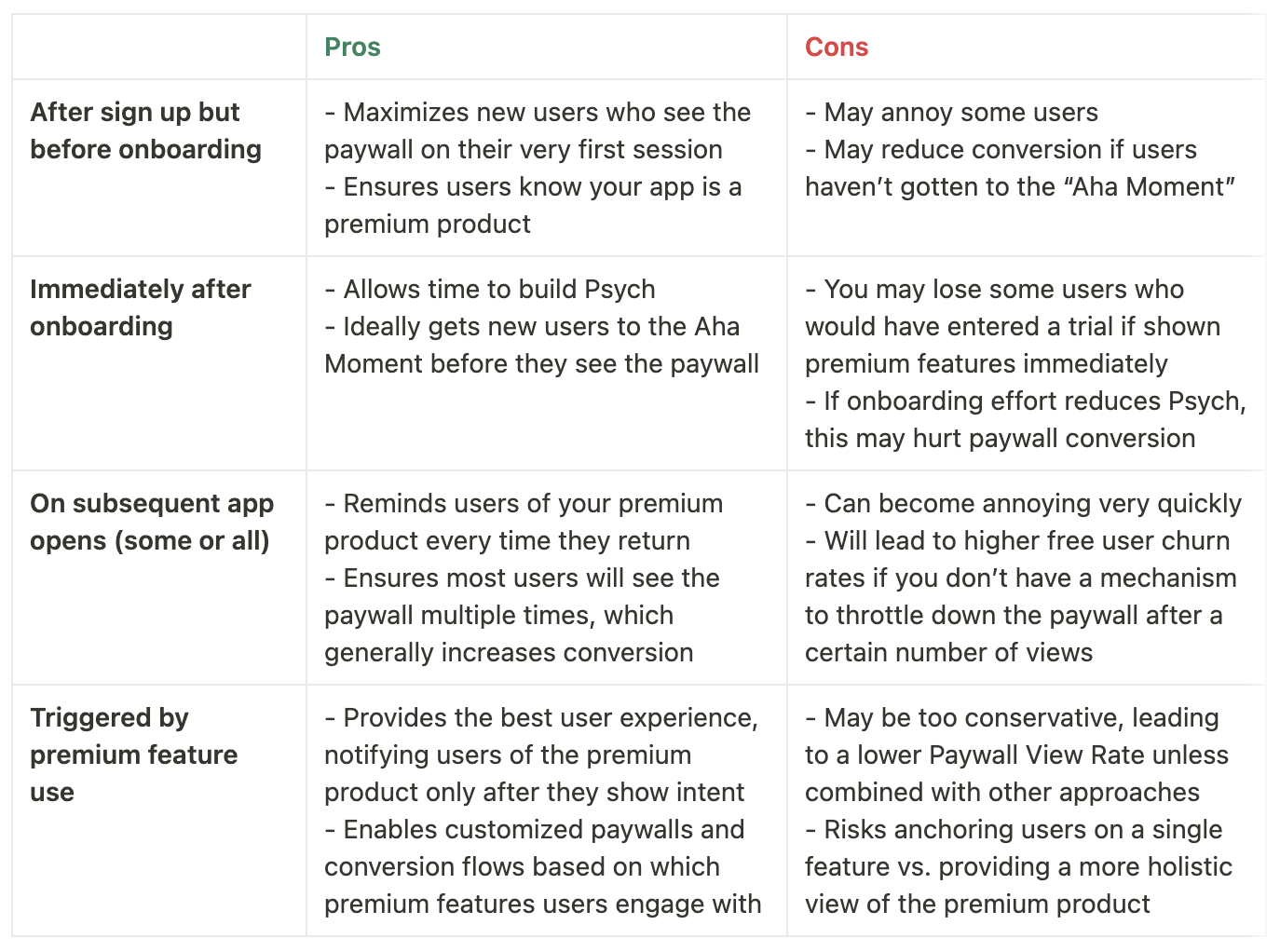



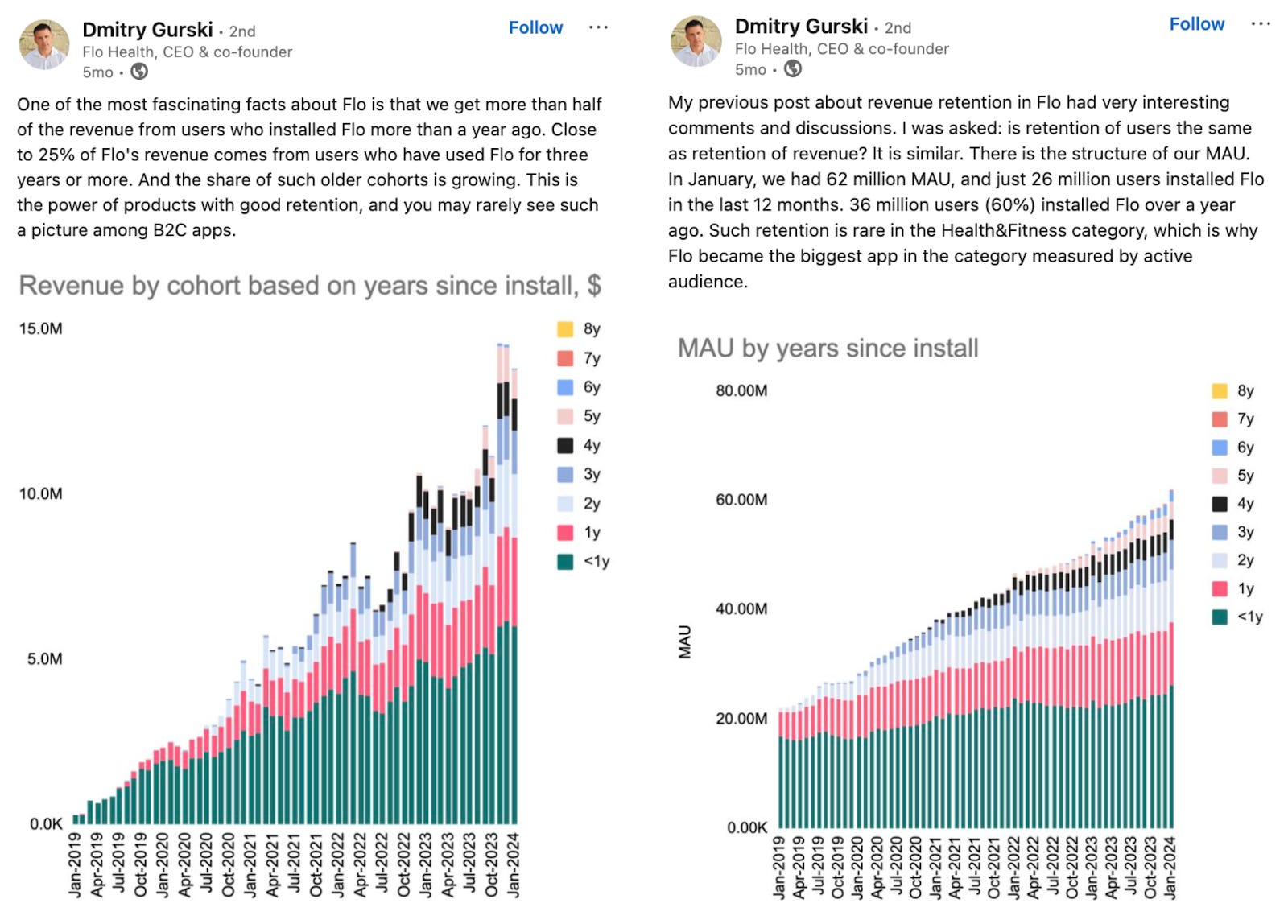


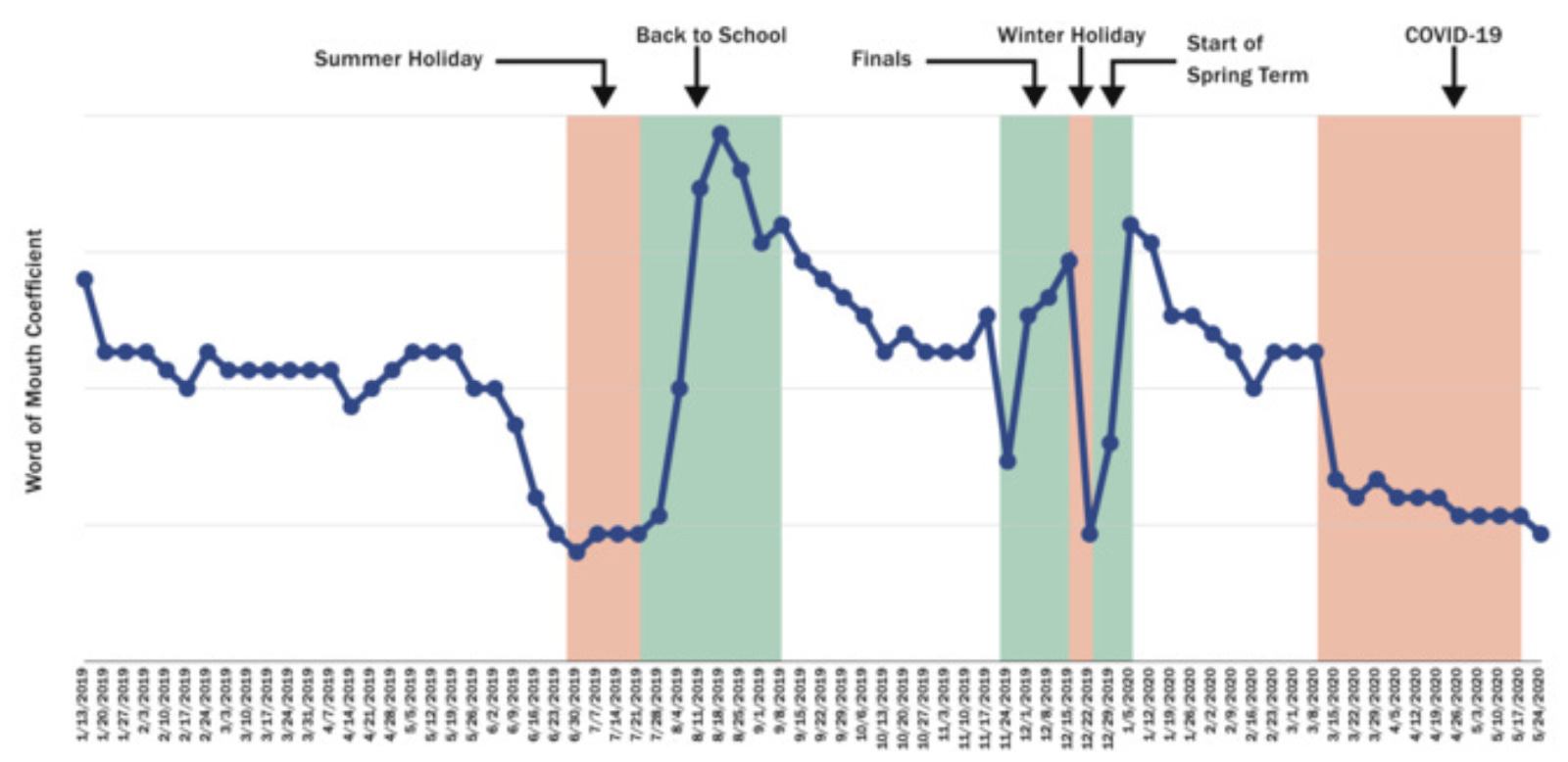

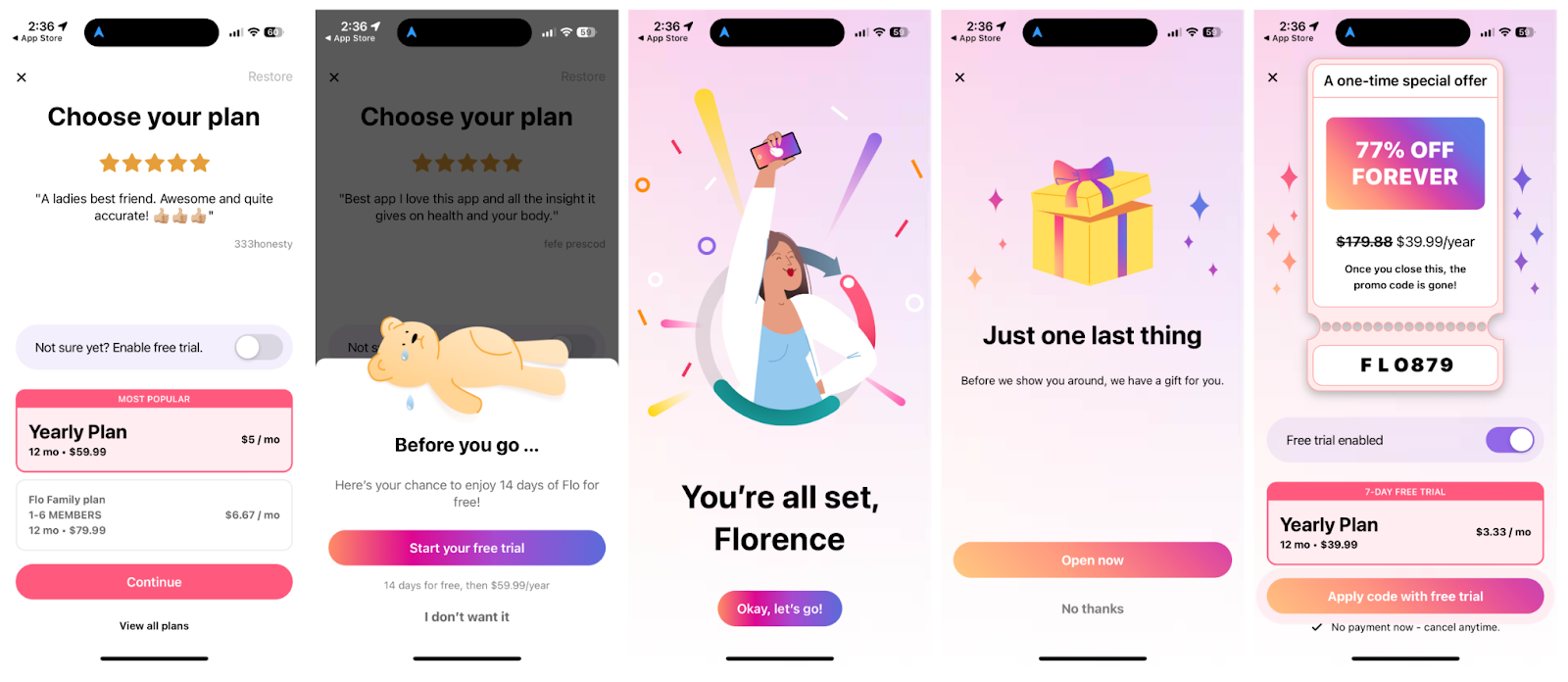

No comments:
Post a Comment